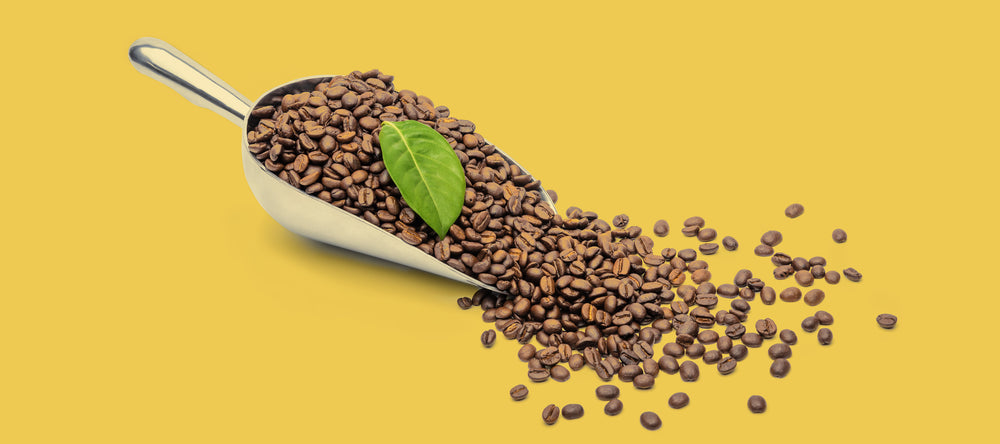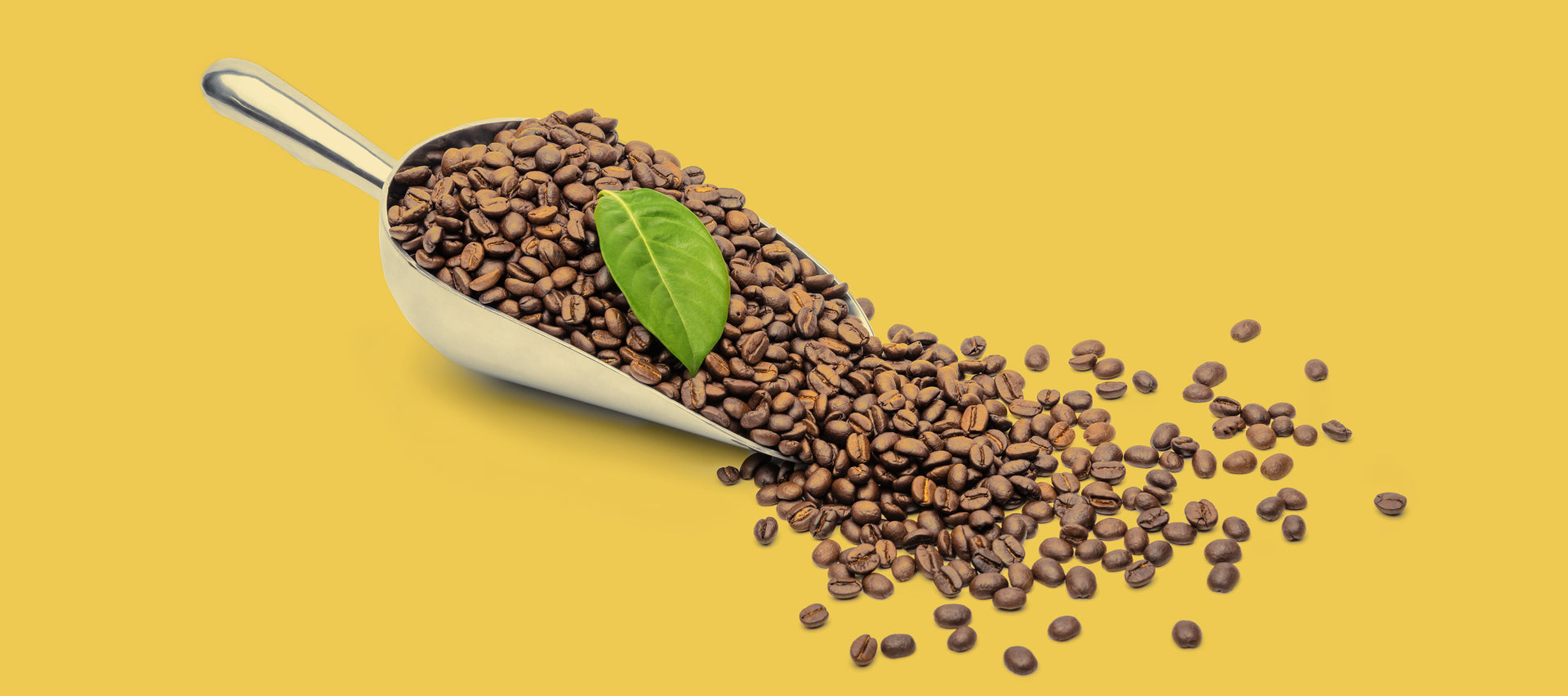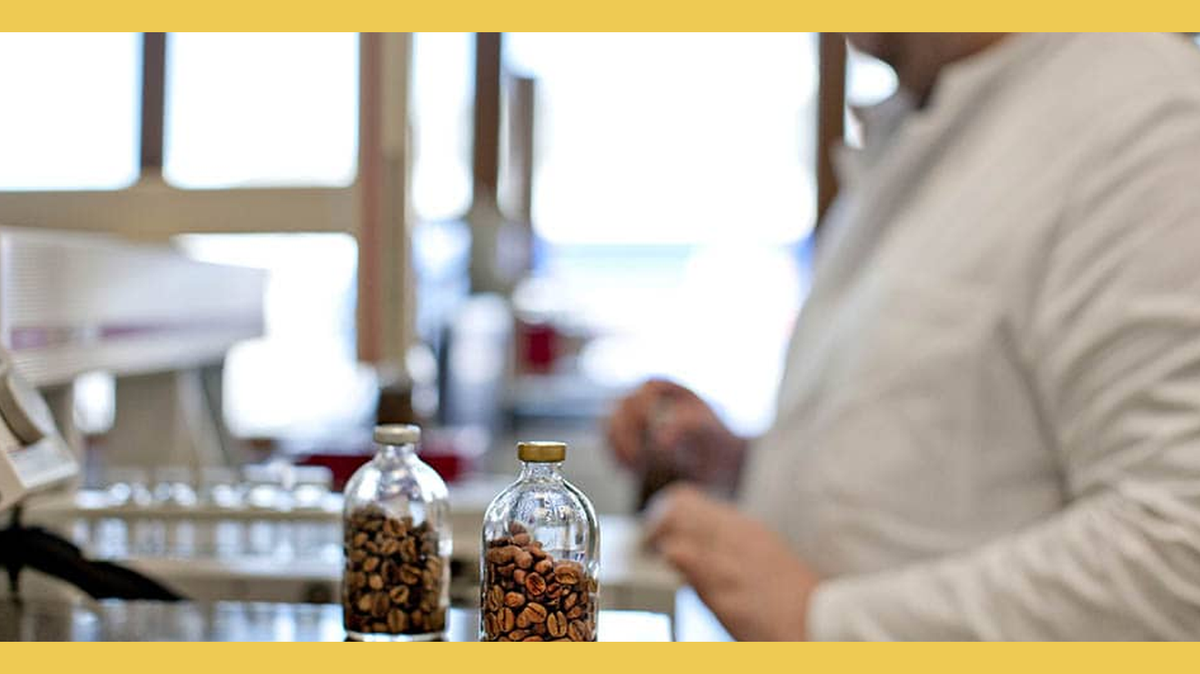

Natural decaffeination methods
Natural decaffeination with industrial processes
Our caffeine-free coffees are carefully selected local coffees. They are either from a variety of coffee trees naturally with a low caffeine content (caffeine <0.6%), or decaffeinated using a natural process (caffeine <0.1%), without additives. They comply with current European regulations.
For LES RÉVÉLATIONS, caffeine-free coffee is above all a matter of taste, of taste quality. This desire to preserve the aromatic profile of our gourmet decaffeinated coffees has naturally led us to prefer decaffeination processes without additives or harmful products.
Decaffeination is carried out after the coffee beans have been dried on the production site and before roasting, which is carried out close to consumers. This intermediate step is carried out by specialists in real factories designed to combine artisanal know-how and cutting-edge technology.

We favor two indirect extraction processes, with natural solvent: decaffeination with water and CO2. Let's not lie to ourselves, these decaffeination processes are really complex and require a great deal of expertise.
Decaffeination with water
To put it simply, water decaffeination involves removing caffeine from green coffee using the principle of reverse osmosis, a molecule transfer system. The coffee, previously soaked in water, is repeatedly immersed in a solution of water saturated with concentrated green coffee molecules. It then naturally releases the caffeine contained in its beans. It mixes with the water before being captured by carbon filters. The water, thus cleaned of its caffeine, is poured over the beans again until the desired caffeine level is obtained (<0.1%).
CO2 Decaffeination
CO2 decaffeination uses, as its name suggests, carbon dioxide under very high pressure to extract caffeine. In an intermediate state, between gas and liquid, it is injected into an extractor. It penetrates the beans and dissolves the caffeine. It is then directed to another container where it returns to its gaseous state under the effect of a decrease in pressure. Subjected to a high temperature, it is freed from caffeine before being injected again into the extractor until the desired caffeine level is obtained (<0.1%).
Ethyl acetate (EA) decaffeination
Building on The Decaf Project, created by James Hoffmann, we have broadened our approach to include coffees decaffeinated using a direct caffeine extraction process involving ethyl acetate (EA). The Decaf Project offered a unique opportunity to evaluate and compare the impact of various decaffeination methods on the taste and aroma of the same coffee. EA treated coffee was preferred by a large proportion of participants.
Ethyl acetate occurs naturally in sugar cane, coffee and certain fruits, such as musk, strawberries and bananas. However, it can also be produced synthetically. It is used in the decaffeination process because it selectively extracts caffeine from green coffee beans in a gentle and targeted manner.
First, the green coffee beans are steamed to remove the parchment and increase their water content, thereby opening up their cellular structure. The water-ethyl acetate solution is used to selectively extract the caffeine from the beans in several stages. Finally, steam is used to remove any residual ethyl acetate, and the beans are dried until they return to their original water content.

These three techniques free our coffees from their caffeine.
Their aromas and flavors remain intact, ready to blossom in your cup.




